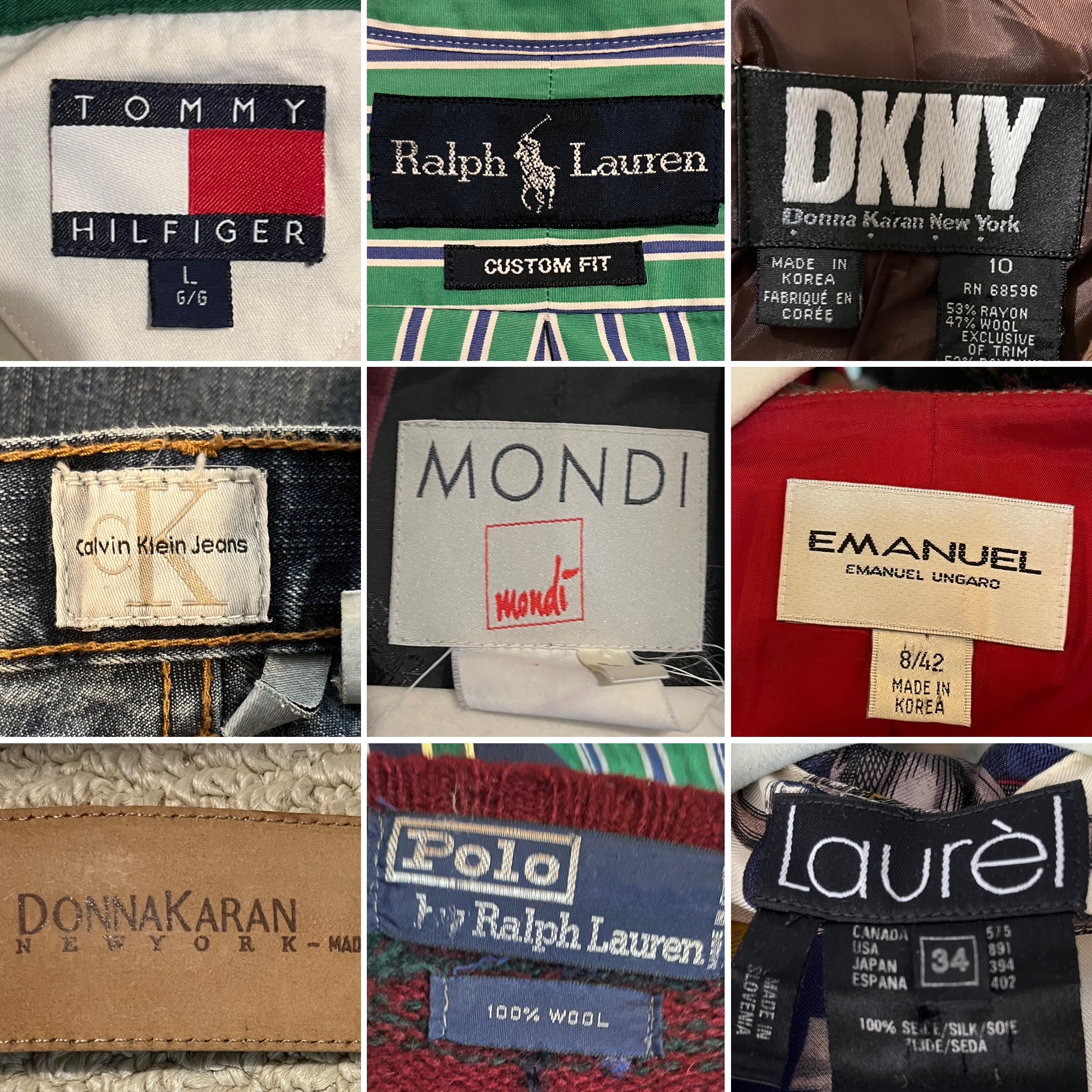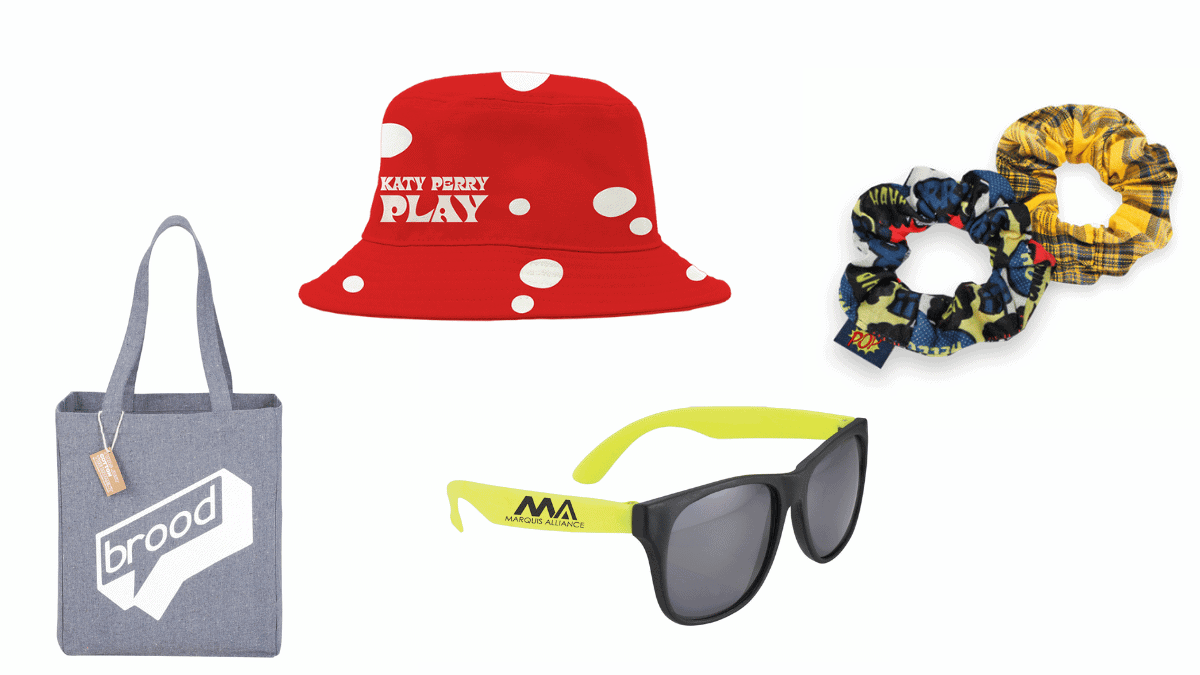Branded Clothing That Lasts: Choosing Fabrics for Longevity
Branded Clothing That Lasts: Choosing Fabrics for Longevity
Blog Article
The Significance of Sustainable Clothes: Exactly How It Impacts the Environment and Your Storage room
Lasting garments is increasingly identified for its crucial function in lessening the environmental influence of the rapid fashion industry. By concentrating on eco-friendly products and honest manufacturing approaches, it addresses pushing eco-friendly worries. This shift not just benefits the earth yet also influences consumer options, leading to an extra thoughtful strategy to closet administration. Recognizing these characteristics increases crucial concerns about fashion's future and personal duty fit it.
The Environmental Impact of Fast Style

Benefits of Lasting Materials
Lasting products provide significant benefits, specifically through environmentally friendly fabric selections that lessen environmental injury. These materials also show toughness and durability, reducing the requirement for frequent substitutes. Therefore, they add to a much more lasting fashion industry and advertise accountable consumer actions.
Eco-Friendly Fabric Choices
While the fashion business has actually long been connected with quick patterns and ecological injury, the increase of green fabric options offers a transformative possibility. Lasting materials such as natural cotton, hemp, and Tencel have gotten appeal due to their reduced ecological effect. These textiles are frequently created without damaging pesticides and call for less water, minimizing their carbon impact - Branded Clothing. Furthermore, several eco-friendly materials are eco-friendly, contributing to a circular economic situation by reducing waste. Choosing lasting products not just supports eco responsible techniques but likewise advertises much healthier environments. As customers become a lot more mindful of their purchasing power, the demand for environmentally friendly fabrics encourages brand names to introduce and take on even more sustainable manufacturing methods, eventually profiting the earth and future generations
Toughness and Longevity Benefits
Many consumers are progressively identifying the durability and longevity advantages of lasting products in their apparel options. Unlike standard textiles, lasting products such as organic cotton, hemp, and recycled polyester are engineered to endure deterioration, leading to garments that last much longer. This minimized frequency of replacement not only saves consumers money gradually yet likewise diminishes waste created by rapid style. Additionally, lasting clothes often uses environmentally friendly manufacturing approaches that boost textile toughness, adding to a decrease in the general carbon impact. By investing in durable garments, consumers can cultivate an extra lasting wardrobe while delighting in top quality pieces that keep their visual and functionality with time. Resilience and longevity stand as key advantages of selecting lasting products.
Lowering Waste Through Lasting Practices
Lowering waste in the apparel industry can be achieved via ingenious practices such as upcycling and repurposing products. Furthermore, taking on minimalist wardrobe techniques motivates customers to prioritize top quality over quantity, inevitably reducing clothing consumption. With each other, these techniques contribute substantially to an extra sustainable garments model.
Upcycling and Repurposing Materials
Upcycling and repurposing products have become ingenious strategies in the style sector, transforming thrown out fabrics into beneficial new products. This strategy not just reduces waste yet also motivates creativity and uniqueness in apparel style. By taking old garments and products, developers can produce one-of-a-kind pieces that show personal design while reducing the demand for new sources. In addition, upcycling commonly requires less energy and water contrasted to typical production procedures, significantly reducing the environmental footprint of fashion. As consumers end up being a lot more knowledgeable about sustainability, the appeal of upcycled clothes remains to increase, promoting a circular economic situation. Eventually, these techniques contribute to a much more sustainable future, where style prioritizes ecological health over quick manufacturing and intake.

Minimalist Wardrobe Techniques
As people significantly seek to lessen their ecological effect, embracing minimalist wardrobe strategies has gained traction as an effective approach to sustainable style. These approaches highlight high quality over quantity, encouraging customers to curate a smaller collection of versatile, durable apparel. By concentrating on ageless pieces that can be mixed and matched, people can minimize the frequency of acquisitions and inevitably reduce waste.Additionally, minimalism promotes conscious usage, urging shoppers to review the moral and ecological effects of their options. This method not just promotes a more sustainable way of living however likewise simplifies day-to-day decision-making pertaining to outfit. As individuals welcome minimalist concepts, they contribute to a fashion culture that values sustainability and liable consumerism, eventually resulting in an extra eco-conscious society.
The Role of Honest Labor in Sustainable Fashion
While lots of customers are progressively familiar with the ecological repercussions of their clothes selections, the relevance of ethical labor methods in lasting fashion can not be forgotten. Moral labor encompasses reasonable wages, secure working conditions, and regard for employees' rights, creating the foundation of accountable style production. Brands that focus on ethical labor not only uplift neighborhoods yet also set a criterion for accountability in the industry.Moreover, the integration of moral methods promotes transparency, allowing consumers to make informed options regarding their acquisitions. This practice contrasts sharply with fast fashion's unscrupulous labor designs, which often focus on profit over site here individuals. By sustaining companies dedicated to ethical labor, consumers add to a system that values human self-respect along with environmental sustainability. Consequently, honest labor is not click to investigate simply an add-on; it is necessary to the wider goal of lasting style, guaranteeing that the mission for eco-friendliness does not come at the cost of civils rights.
The Influence of Sustainable Garments on Carbon Emissions
Lasting clothes has the possible to considerably lower carbon exhausts associated with the fashion business. Traditional garment manufacturing contributes notably to greenhouse gas exhausts, mostly due to energy-intensive production processes and using non-renewable sources. On the other hand, lasting style concentrates on environmentally friendly materials, such as natural cotton or recycled fibers, which commonly need less energy to produce.Moreover, sustainable brand names tend to embrace more reliable manufacturing techniques, lessening waste and lowering total discharges. By prioritizing resilience and classic style, lasting clothes urges consumers to buy less regularly, additional lowering the carbon footprint related to overconsumption.Additionally, numerous lasting brand names are committed to openness in their supply chains, enabling consumers to make informed choices that align with their worths. Ultimately, shifting in the direction of sustainable apparel can cause a significant decrease in carbon exhausts, adding to a healthier world and an extra sustainable future for the garment industry.
Sustaining Local Economic Climates With Lasting Selections
The shift toward sustainable clothes not just addresses ecological problems but likewise significantly advantages neighborhood economies. By choosing sustainable fashion, customers often support neighborhood craftsmens and small companies, boosting neighborhood strength. These ventures normally operate on a smaller sized scale, focusing on craftsmanship and honest methods over mass production.Investing in locally made sustainable garments cultivates job development and stimulates economic development within areas. As consumers come to be extra mindful of the ecological influence of their purchases, they progressively look for items that mirror their values. This need urges regional makers to embrace sustainable practices, adding to a round economy.Moreover, supporting local businesses reduces transport discharges, aligning with eco-conscious customer habits. The interconnectedness of sustainable apparel and regional economic climates underscores the vital duty that private choices play in advertising both financial and environmental wellness. By promoting these local links, neighborhoods can thrive while likewise working in the direction of an extra lasting future.
Transforming Your Storage Room: Tips for a Sustainable Closet
As individuals look for to minimize their environmental influence, changing a wardrobe into a lasting wardrobe ends up being a vital action. One efficient strategy is to examine existing clothing, keeping only products that are worn consistently and that straighten with sustainability objectives. Prioritizing top quality over quantity is crucial; purchasing durable items from environmentally friendly brand names can greatly minimize waste.Additionally, including second-hand read review products can take a breath new life into a wardrobe while reducing environmental damages. Organizing clothes swaps with good friends or giving away unused items can additionally advertise sustainability.When shopping, individuals must look for products that are organic, recycled, or naturally degradable, and prevent rapid style retailers - Branded Clothing. Exercising mindful consumption by thoughtfully taking into consideration each acquisition can add to a more sustainable way of life. By implementing these suggestions, one can produce a closet that mirrors individual style while supporting environmental stewardship
Regularly Asked Inquiries
Exactly How Can I Identify Sustainable Clothes Brands?
To determine lasting apparel brand names, one need to look into products utilized, examine for qualifications like Fair Profession, and check out the brand name's openness concerning their manufacturing processes, labor methods, and environmental effect, making certain green and honest methods are focused on.
What Are the Prices Related To Lasting Style?
The expenses connected with sustainable style can differ considerably. Greater manufacturing expenses, ethical sourcing, and green materials commonly result in boosted list prices, which might discourage some consumers while appealing to ecologically aware buyers.
Can Sustainable Garments Be Trendy and stylish?
Lasting clothing can indeed be elegant and stylish. Designers progressively prioritize cutting-edge products and ethical manufacturing methods, verifying that fashion and sustainability can exist side-by-side. Consumers currently have varied choices that mix appearances with environmental consciousness.
Just How Does Washing Garments Affect Their Sustainability?
Washing clothing greatly effects sustainability by consuming water and power, adding to contamination, and causing microplastic release. Regular cleaning can break down fabrics, shortening their life expectancy and raising the need for replacements, inevitably exacerbating ecological concerns.
What Is the Life Expectancy of Lasting Apparel Compared to Rapid Style?
The life-span of lasting apparel typically surpasses that of rapid fashion items, commonly long-term several years due to quality materials and craftsmanship. On the other hand, rapid fashion garments may break down quickly, necessitating more regular substitutes. Lasting apparel is progressively identified for its important function in minimizing the environmental influence of the quick style industry. While many consumers are progressively mindful of the ecological effects of their apparel options, the importance of ethical labor techniques in sustainable style can not be overlooked. Branded Clothing. Sustainable apparel has the possible to significantly decrease carbon discharges linked with the fashion sector. In contrast, lasting style focuses on environmentally friendly materials, such as natural cotton or recycled fibers, which often call for much less energy to produce.Moreover, sustainable brands often tend to take on more efficient manufacturing techniques, lessening waste and reducing overall discharges. By prioritizing resilience and classic style, sustainable apparel motivates customers to purchase less regularly, additional reducing the carbon impact associated with overconsumption.Additionally, several sustainable brand names are committed to openness in their supply chains, allowing customers to make educated selections that line up with their values
Report this page